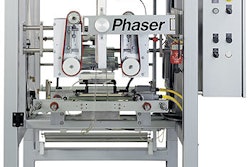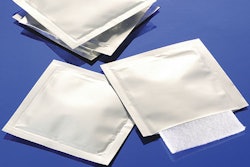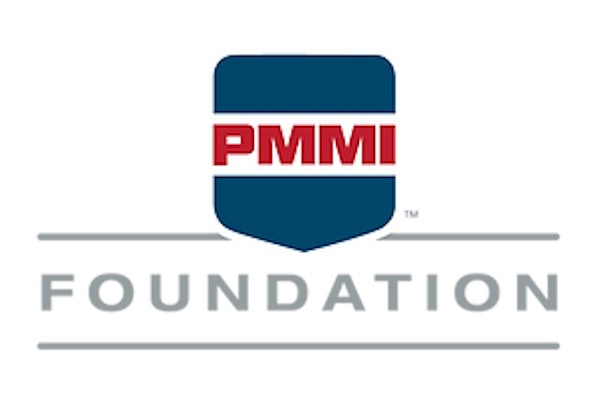I guess it’s not terribly surprising, since the representatives of plastics and other rigid packaging are decidedly on the defensive, in the face of rapidly escalating prices and even problems of availability.
We’ve talked about rising costs for packaging before, but this year we’ve seen relatively few plateaus. Just a few weeks after the devastation of Hurricane Katrina and the relief after Rita, we know that we’ve been fortunate in the levels of damage to many of the energy-related industries along the Gulf Coast.
Even so, packaging prices both today and in the future seem inexorably locked into an upward spiral. Polystyrene resins now show prices about double their historical average. Polyethylene, a resin common in so much packaging is also up—if you can get it, what with the supply interruptions in the South.
But at the same time, aluminum and steel prices, and containers made from these materials, are also much more costly than last year. And for that matter, paper products, too, are reflecting the higher energy costs that makers must bear in this new era of $60 to $70 crude oil. Thanks to energy cost increases and the dramatically higher prices for refined gasoline and diesel fuel, the economics in all of packaging has, for now, undergone a major shift.
Again this year, we also learn about how difficult the situation is for the trucking industry in the U.S. Scarcity of drivers, the loss of many small company fleets and the surcharges we’ve written about in the past (see packworld.com/go/C153) are likely to combine to make logistics even more vital as we look ahead to the holiday season.
Meanwhile, in packaging, we see another trend that causes a shake of the head. As Americans respond to the national obesity problem, many marketers have responded by embracing smaller portion packages. As this issue goes to press, lots of food and beverage marketers are following up on the success of Kraft Foods’ Nabisco division’s line of pouches of 100-calorie portions of snack crackers and cookies.
This spring, Procter & Gamble followed with a 100-calorie pack of Pringles in a reduced-calorie crisp. Now, we learn that Coca-Cola has redeveloped the graphics for its 8-oz aluminum can that touts its contents as containing 100 calories.
Some nutritionists say the trend in portion control like these smaller packs can be more healthful than diet fads of the past like sugar-free, fat-free, and low-carb diets. Even better for many manufacturers is that this change often requires only a package size change, instead of a totally reformulated product. One dietician pointed out that a small apple contains about 100 calories.
But let’s go back to those rising packaging costs for a minute. We all know that a delivered 8-oz empty aluminum can for Coke is only marginally cheaper than its 12-oz bigger brother. So if rising aluminum costs for Coke canners continues to push up container prices, how long will it take before budget-conscious consumers realize that the magic 100-calorie pack retails for nearly the same price as the larger size?
It may be that the convenience of a 100-calorie pack may make the price differential to larger packs insignificant to many consumers. At least for a time—until those same shoppers have to decide between a gasoline fill-up for their cars or the added cost of convenience packs for snacks. This may prove to be the ultimate test for how long the consumer is willing to pay extra for convenience.
Some in packaging say the escalating packaging costs should spur a shift to other alternatives like renewable resources or recycled packaging materials. Hence, the number of conversations I’ve had with representatives of paper packaging.
Now it’s not that paper packaging isn’t more costly thanks to energy increases; it is. But the forests of North America should make it far less volatile than packaging primarily derived from energy sources.
See an archive of Arnie Orloski's Pipeline columns at www.packworld.com/pipeline.
Arnie can be reached at [email protected]






















